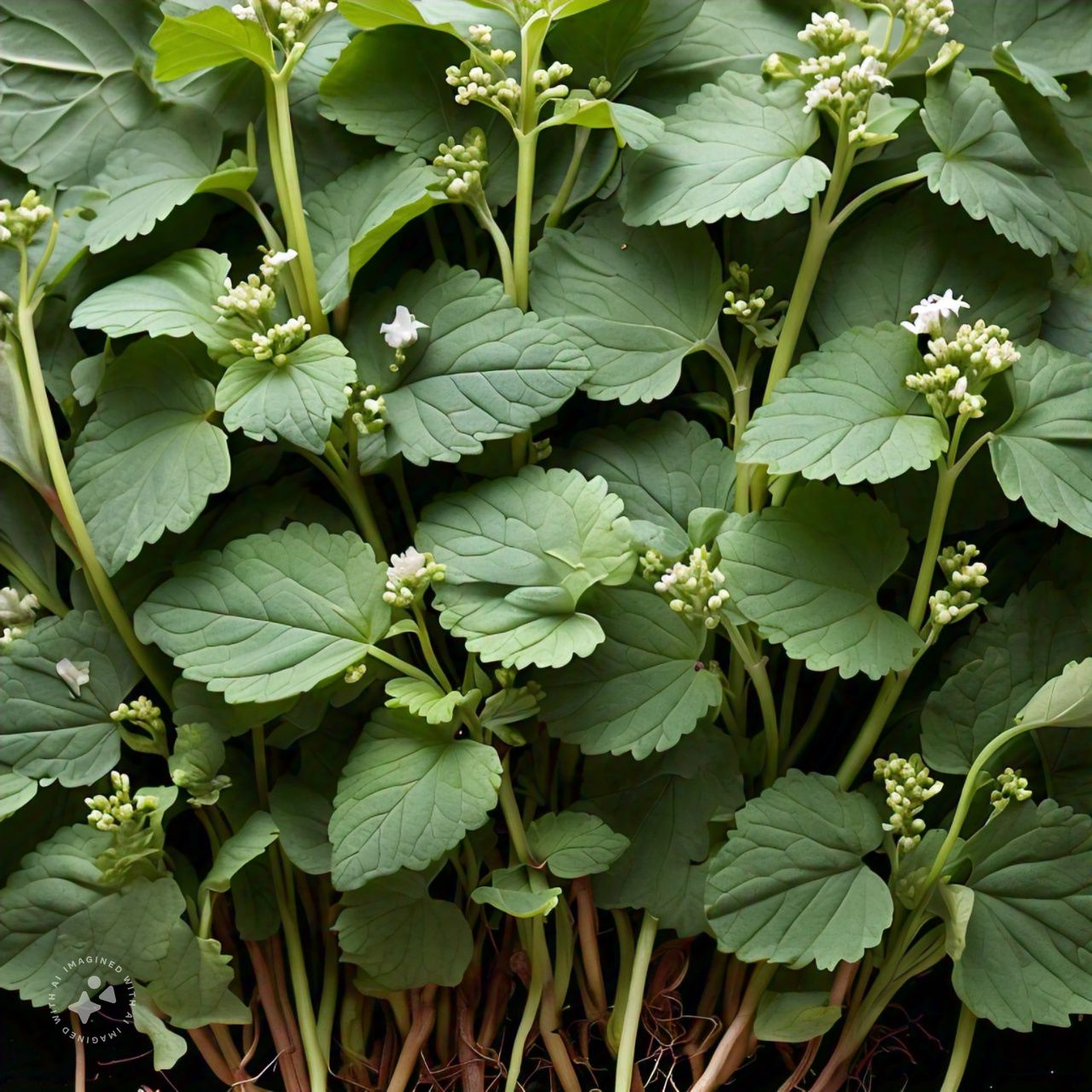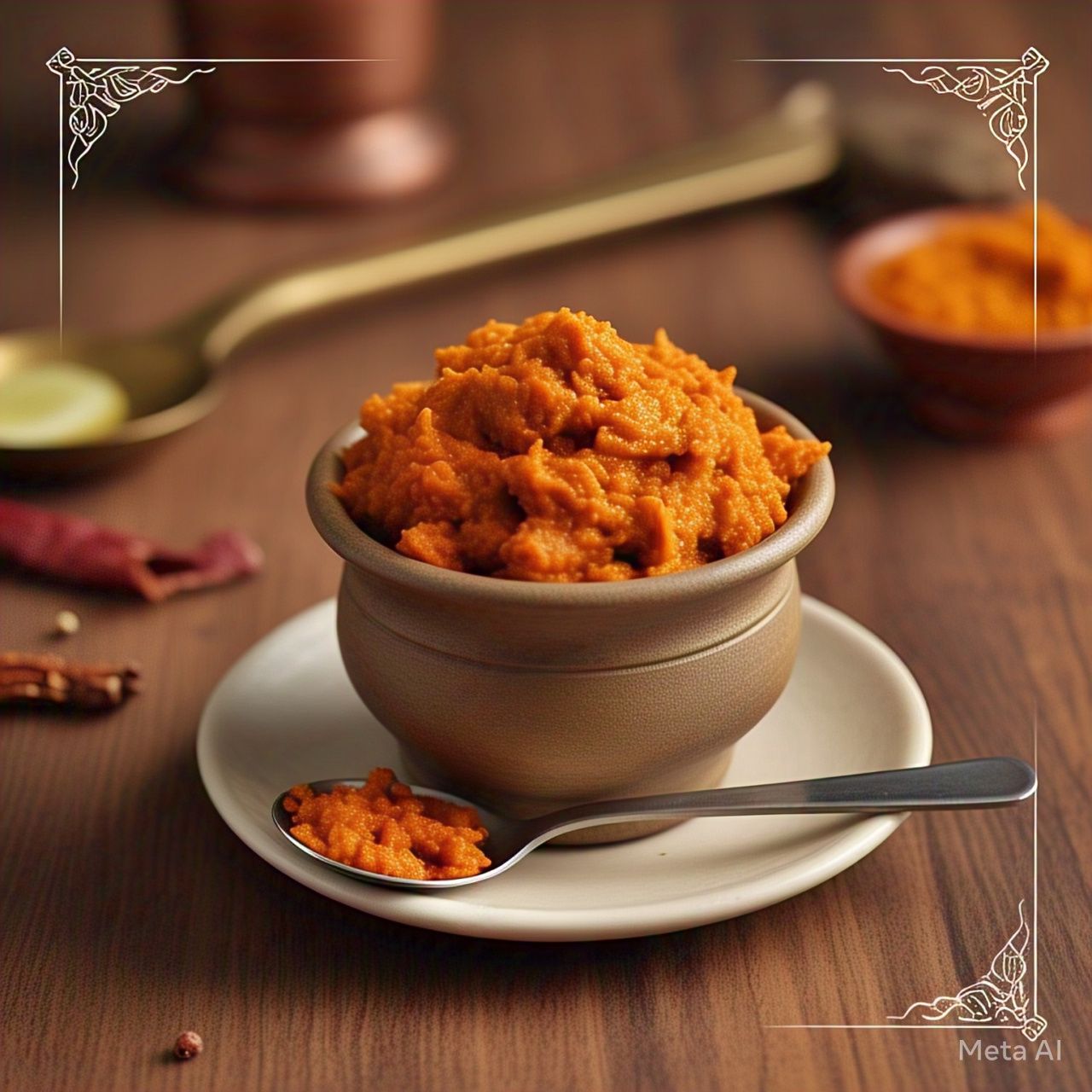Marjoram is a versatile herb widely known for its delightful flavor and health benefits. Whether you're adding a dash of flavor to your dishes or exploring its medicinal properties, marjoram is a must-have in your spice collection. This blog covers the uses of marjoram, its health benefits, and its environmental impact, along with practical tips on how to incorporate this herb into your lifestyle.
What Is Marjoram?
Marjoram (Origanum majorana) is a perennial herb in the mint family. Native to the Mediterranean, it has been used for centuries for both culinary and medicinal purposes. Its subtle flavor is somewhat sweet and floral, making it a perfect addition to a variety of dishes, especially in Mediterranean and Middle Eastern cuisine.
Primary Uses of Marjoram
- Culinary Uses: Marjoram is used in a variety of dishes, adding flavor to sauces, soups, meats, vegetables, and even salads.
- Medicinal Uses: Known for its antioxidant properties, marjoram is often used to promote digestion, reduce stress, and support heart health.
Benefits of Marjoram
Marjoram isn’t just tasty—it's packed with health benefits. Here’s a breakdown of its key advantages:
1. Rich in Antioxidants
Marjoram contains compounds like flavonoids, phenolic acids, and essential oils that act as antioxidants. These compounds help fight oxidative stress in the body, reducing the risk of chronic diseases like cancer and heart disease.
2. Supports Digestive Health
Marjoram is often used in herbal medicine to improve digestion. It can help relieve indigestion, bloating, and stomach cramps by stimulating digestive enzymes and reducing inflammation in the digestive tract.
3. Promotes Heart Health
Studies show that marjoram may have a positive effect on blood pressure and cholesterol levels, contributing to overall cardiovascular health. It helps improve circulation and prevent plaque build-up in the arteries.
4. Calms the Nervous System
Marjoram is well-known for its calming effects. It can help reduce anxiety and stress and promote relaxation. This makes it an excellent herb for stress relief, especially in the form of marjoram tea.
Cooking Tips for Using Marjoram
Marjoram can be used fresh or dried in various dishes. Here are some tips to get the best out of this aromatic herb:
How to Use Fresh Marjoram
- Add fresh marjoram at the end of cooking to preserve its flavor.
- Chop the leaves finely before adding them to dishes like soups, stews, and salads.
- Fresh marjoram works great in Mediterranean salads, vegetable dishes, and even as a garnish for roasted meats.
How to Use Dried Marjoram
- Dried marjoram is more concentrated than fresh, so use it sparingly.
- Add it during the cooking process to allow the flavors to infuse into your dishes.
- It pairs well with roasted vegetables, pasta sauces, and pizzas.
Seasonal and Holiday Favorites with Marjoram
Marjoram’s mild, sweet flavor makes it a popular herb during the holiday season. Some of the most beloved seasonal recipes where marjoram shines include:
- Winter Stews and Soups: Marjoram adds a comforting flavor to hearty vegetable soups or stews, perfect for chilly winter nights.
- Holiday Roasts: Marjoram is great when paired with turkey, lamb, or roasted vegetables.
- Stuffing: It’s a traditional addition to stuffing, complementing the flavor of bread, vegetables, and herbs.
Impact of Food Waste on the Environment
While marjoram is a highly valued herb, like all foods, food waste can have a negative impact on the environment. The production, transportation, and disposal of food waste contribute significantly to greenhouse gas emissions.
How to Reduce Waste:
- Use Fresh Marjoram: Store fresh marjoram properly (in the fridge or freeze it) to extend its shelf life.
- Composting: Any leftover plant matter can be composted, reducing landfill waste and contributing to soil health.
- Creative Uses: Make marjoram-infused oils or teas to use up your herb before it spoils.
Marjoram vs. Oregano: Key Differences
Marjoram and oregano belong to the same family and are often confused with each other. However, there are notable differences between these two herbs.
Flavor Profile
- Marjoram: Slightly sweet, floral, and mild in flavor.
- Oregano: Strong, savory, and somewhat peppery.
Culinary Uses
- Marjoram: Best for dishes requiring a subtler flavor.
- Oregano: More robust and commonly used in Italian and Mexican cuisines.
Growing Conditions
- Both herbs grow well in sunny, dry climates but marjoram is more sensitive to frost compared to oregano.
FAQ: All About Marjoram
What is marjoram commonly used for?
Marjoram is commonly used for seasoning in Mediterranean, Middle Eastern, and European cuisines. It adds flavor to meats, stews, salads, and soups.
Can marjoram be used as a substitute for oregano?
Yes, marjoram can be used as a substitute for oregano. However, since marjoram has a milder, sweeter taste, it will provide a different flavor profile than the more robust oregano.
How can I store marjoram to keep it fresh longer?
For fresh marjoram, store it in the fridge, wrapped in a damp paper towel, and placed in a plastic bag. Alternatively, you can freeze the leaves. For dried marjoram, keep it in an airtight container in a cool, dry place.
Does marjoram help with sleep?
Yes, marjoram has calming properties that may help reduce stress and promote better sleep, making it ideal for evening teas.
Conclusion
Marjoram is a fantastic herb with a host of culinary, medicinal, and environmental benefits. Whether you're looking to improve your digestion, reduce stress, or simply add some flavor to your cooking, marjoram is an excellent choice. By incorporating marjoram into your meals and daily routine, you can enjoy its many health benefits while also making a positive impact on the environment by reducing food waste.
Remember, the best way to enjoy marjoram is to experiment and find the combinations that work best for you!





Share:
The Ultimate Guide to Parsley: Benefits, Uses, and Seasonal Recipes
The Ultimate Guide to Onion Granules: Benefits, Uses, and Cooking Tips